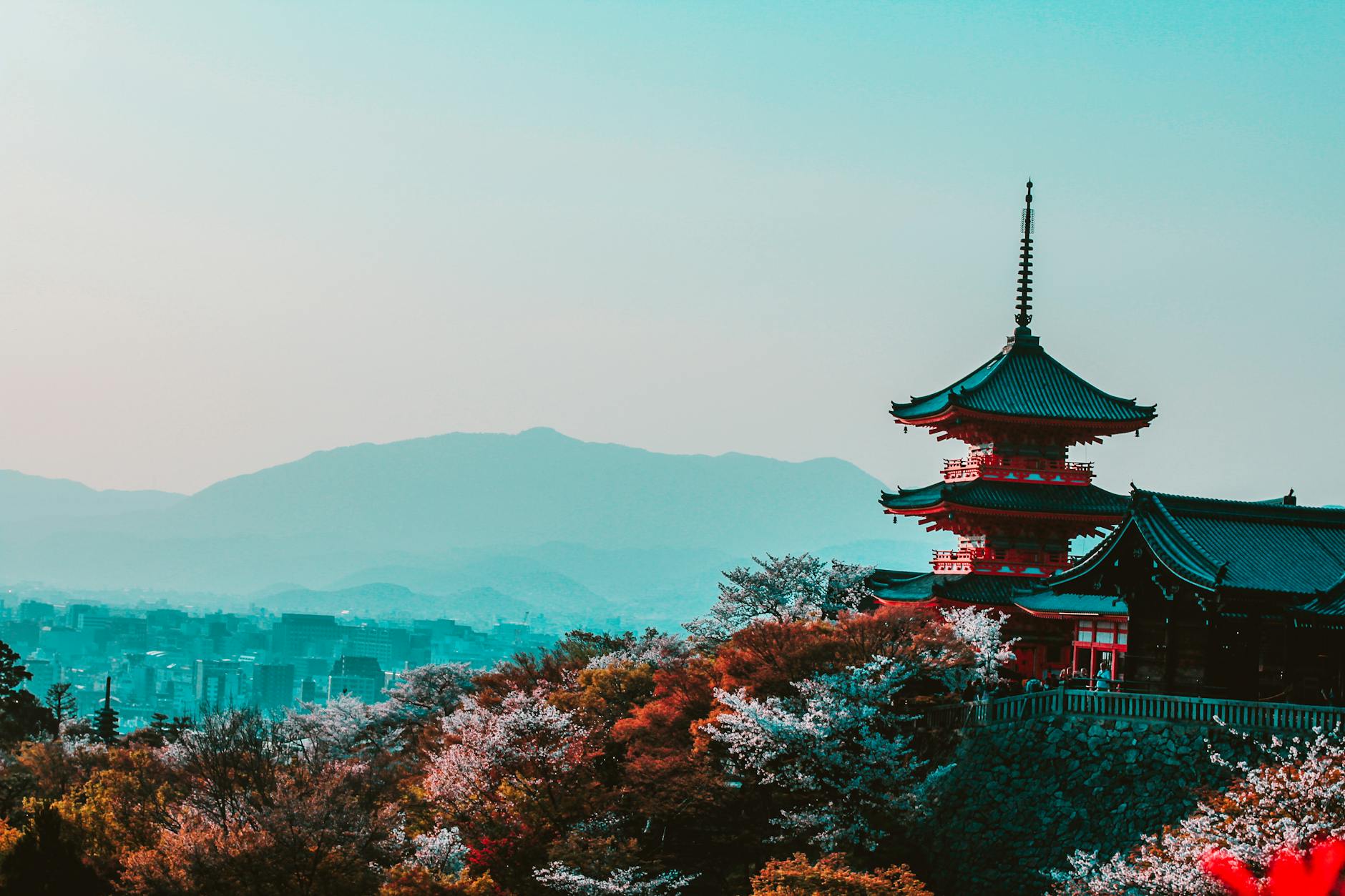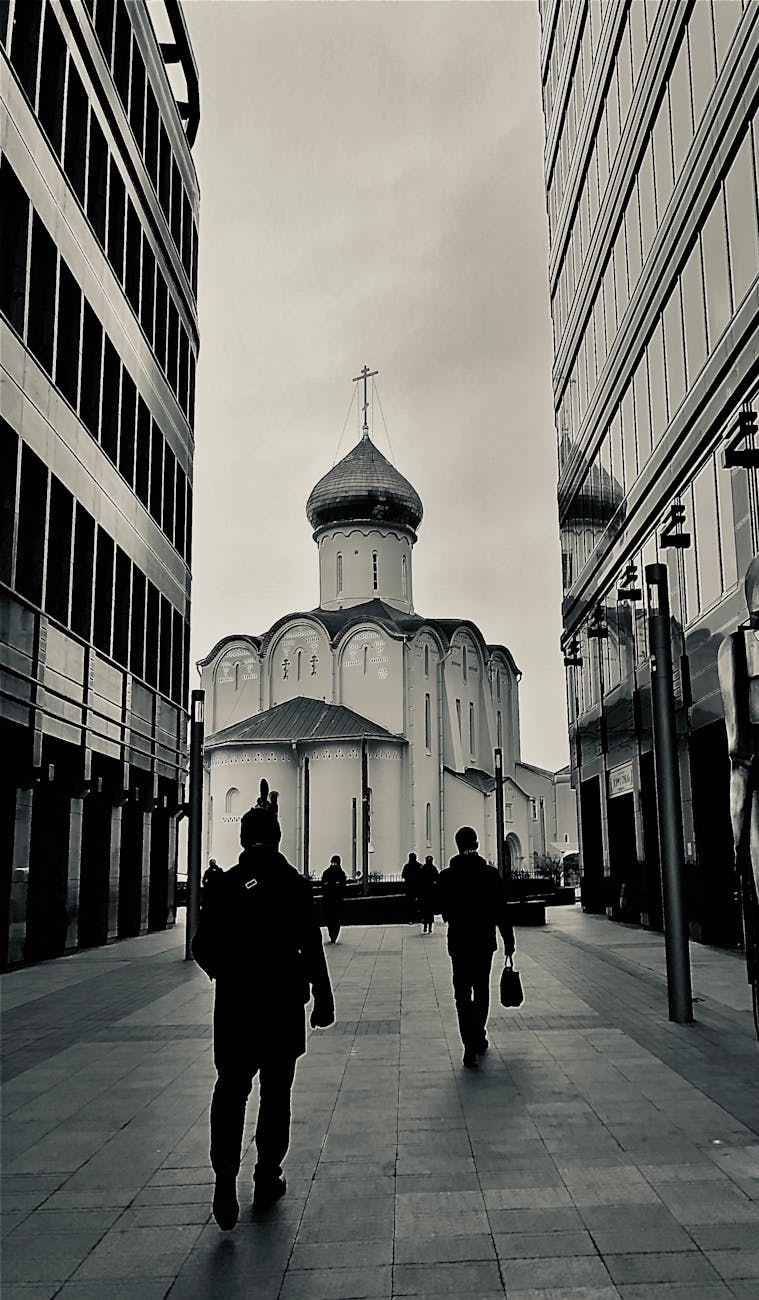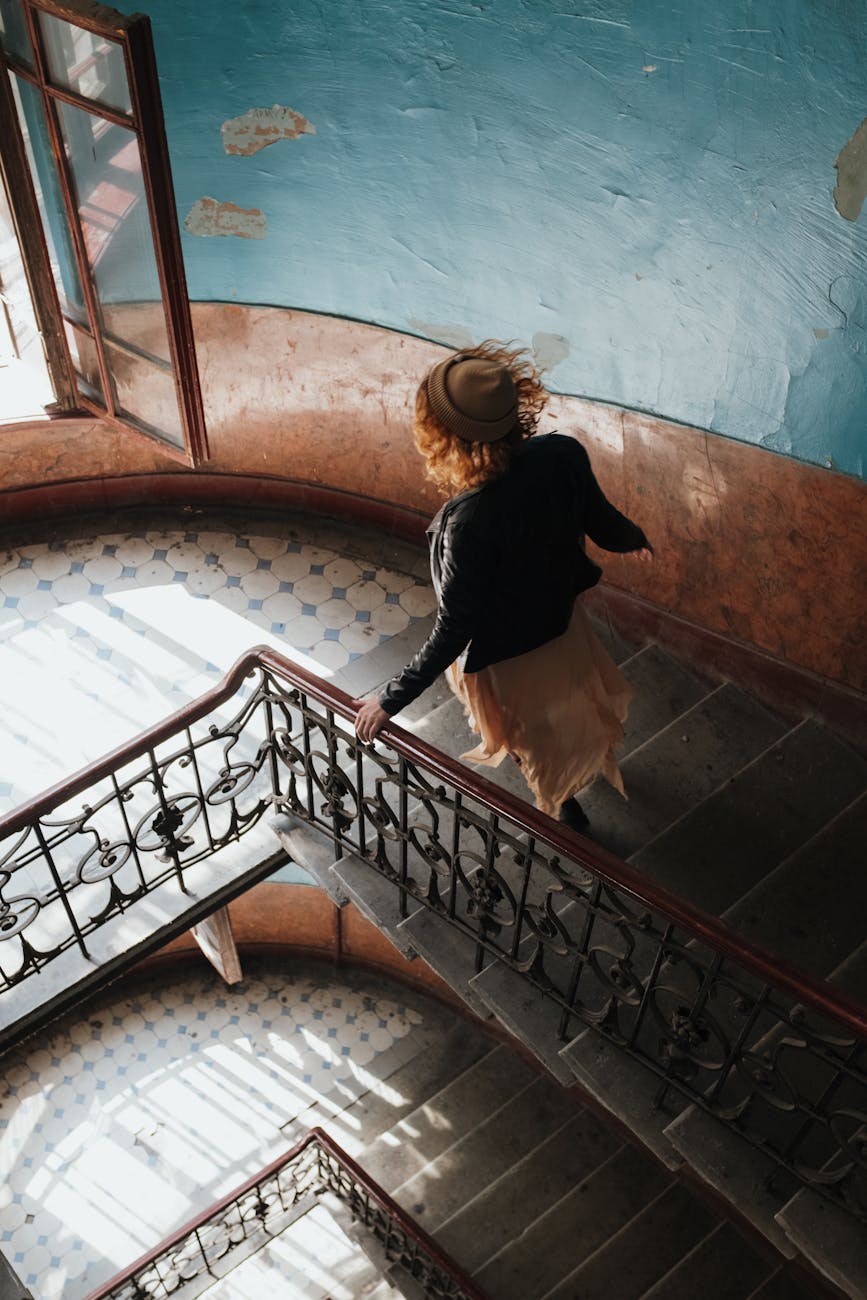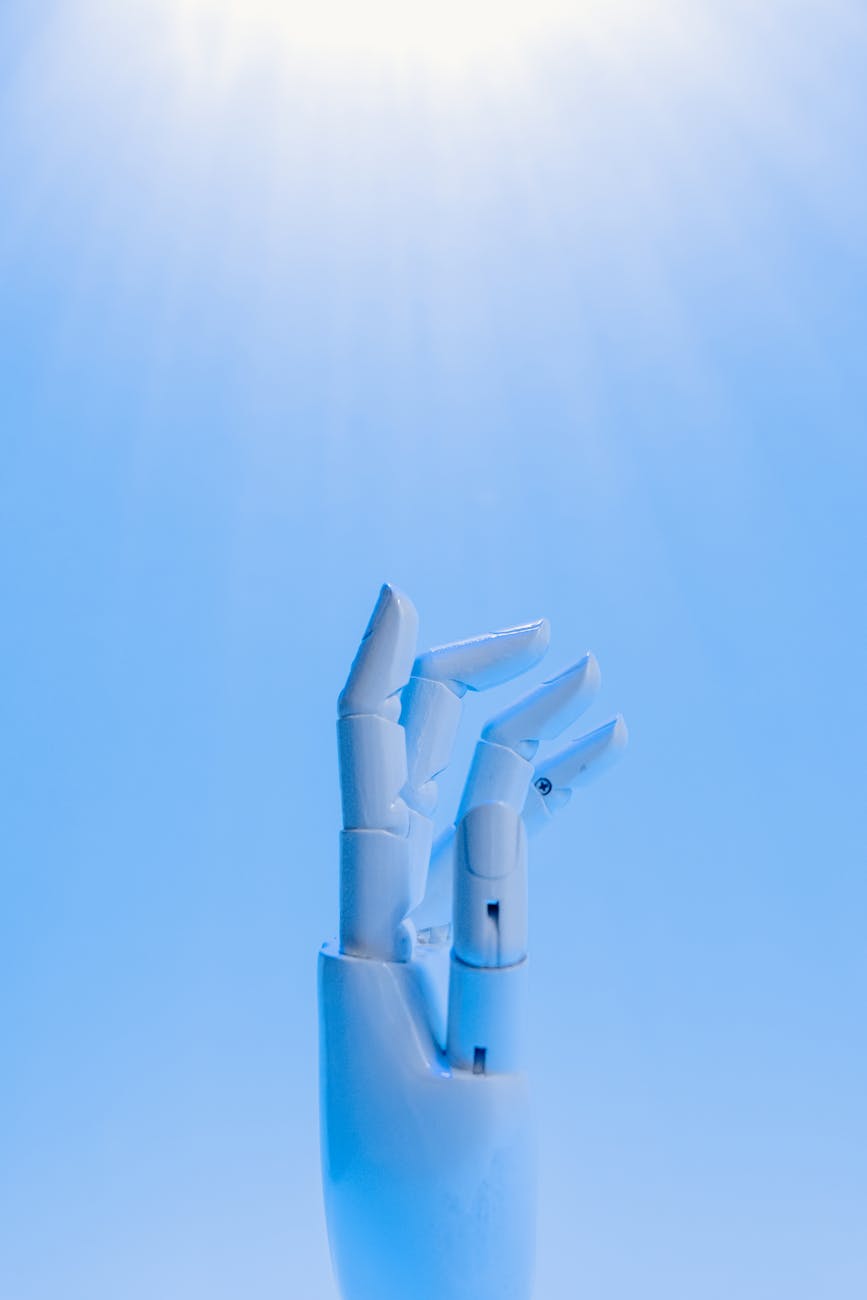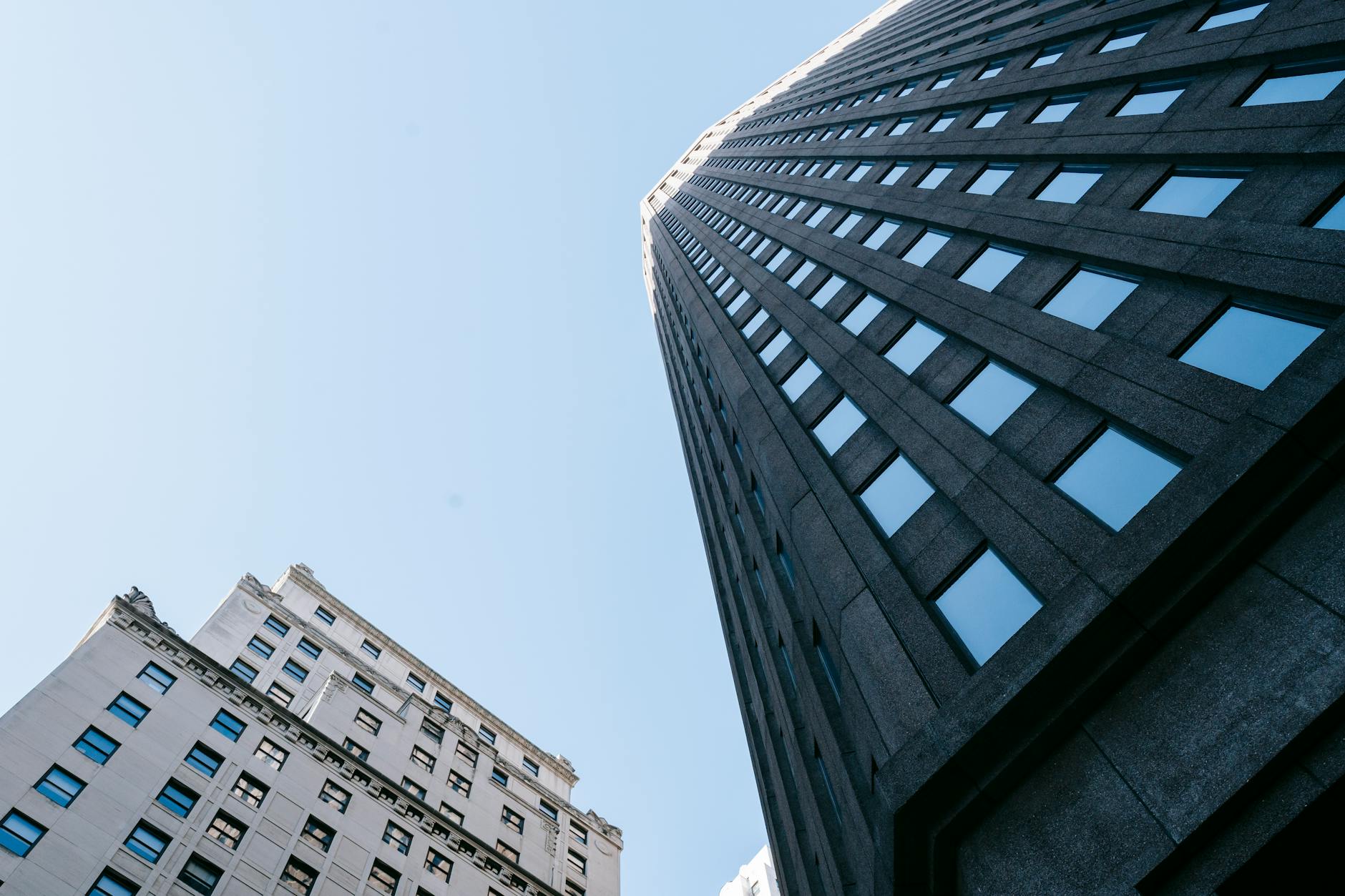Kyoto’s Ancient Soul Meets Montreal’s Modern Pulse: A Tale of Two Cities
Bridging Continents and Cultures: An Outsider’s First Impressions of Kyoto Through a Montrealer’s Eyes
The stark contrast of arriving in Kyoto, Japan, from the familiar embrace of Montréal, Canada, has ignited a deep sense of curiosity and comparison. The experience, though recent, immediately conjures memories of a past sojourn in Hong Kong over two and a half decades ago, a testament to how travel can etch indelible impressions. This initial exploration of Kyoto, seen through the lens of a long-time resident of Montréal, offers a unique perspective on how two seemingly disparate urban centers navigate culture, history, and daily life. By drawing upon readily available information, such as Wikipedia’s comprehensive pages on both cities, this comparison aims to illuminate the fascinating differences and surprising commonalities that define these global urban landscapes. It’s a journey that begins not just with a geographical shift, but with a profound immersion into a new way of being, a recalibration of expectations, and a deepening appreciation for the rich tapestry of human civilization.
The immediate sensory overload upon landing in Kyoto is a palpable force. The air itself seems to carry a different scent, the sounds are a symphony of the unfamiliar, and the visual landscape is a captivating blend of ancient traditions and modern innovations. For someone accustomed to the European-influenced charm and bustling energy of Montréal, Kyoto presents a kaleidoscope of new experiences. This isn’t merely a change of scenery; it’s a cultural immersion that challenges preconceived notions and invites a deeper understanding of a civilization with a lineage stretching back millennia. The juxtaposition of serene temples nestled amidst vibrant urban sprawls, the meticulous politeness of its people, and the efficient, almost ritualistic flow of daily life all contribute to an overwhelming sense of ‘otherness’ that is both disorienting and utterly enthralling.
This article aims to delve into these initial impressions, seeking to articulate the essence of Kyoto as experienced by a newcomer whose frame of reference is rooted in the distinct character of Montréal. It’s a personal exploration, but one grounded in a desire to understand the broader implications of cultural difference and urban development. By examining various facets of each city – from their historical significance and economic underpinnings to their social fabric and lifestyle offerings – we can begin to paint a richer picture of what makes each unique. The objective is not to declare one city superior to the other, but rather to celebrate their individual strengths and the distinct experiences they offer to residents and visitors alike. It’s a comparative study that, at its core, is an ode to the diversity of human experience and the enduring allure of cities that have shaped and been shaped by their history, geography, and people.
Context & Background
To truly appreciate the comparison between Kyoto and Montréal, it’s essential to establish a foundational understanding of their respective contexts and backgrounds. These cities, while both significant urban centers, are products of vastly different historical trajectories, geographical locations, and cultural evolutions.
Kyoto: The Imperial Heartbeat of Japan
Kyoto, nestled in the Kansai region of Japan, boasts a history that is intrinsically linked to the very identity of the nation. For over a thousand years, from 794 to 1868, it served as Japan’s imperial capital. This extended period of significance has left an indelible mark on the city, permeating its urban fabric with a profound sense of tradition and cultural heritage. Unlike many other major Japanese cities, Kyoto was largely spared from the widespread destruction of World War II, a fortunate circumstance that has allowed its historical architecture and traditional streetscapes to remain remarkably intact. This preservation is not merely a matter of aesthetics; it is a living testament to Japan’s rich past, with thousands of Buddhist temples, Shinto shrines, imperial palaces, and traditional wooden townhouses (machiya) still standing.
The city’s layout itself reflects its historical importance. Based on a grid system inspired by the ancient Chinese capital of Chang’an, Kyoto’s streets offer a sense of order and regularity, though the modern city has expanded far beyond these historical confines. Its identity is deeply interwoven with traditional arts and crafts, from exquisite pottery and textiles to the intricate rituals of the tea ceremony and the elegance of geisha culture, particularly evident in districts like Gion. Economically, while historically reliant on imperial patronage and traditional industries, Kyoto has evolved to encompass a modern economy with strengths in education, research, and a burgeoning tourism sector that capitalizes on its unparalleled cultural wealth.
Geographically, Kyoto is situated in a basin surrounded by mountains on three sides. This natural setting has influenced its climate, with distinct seasons, including hot, humid summers and cold winters. The presence of rivers, such as the Kamo River, also plays a significant role in the city’s aesthetic and its people’s relationship with their environment. The cultural landscape is further enriched by its status as a major educational center, home to numerous universities and research institutions, contributing to a dynamic intellectual atmosphere that coexists with its deep-rooted traditions.
Montréal: A Melting Pot of French and English Influences
Montréal, a vibrant metropolis on the island of Montreal in the St. Lawrence River, Quebec, Canada, presents a contrasting yet equally compelling historical narrative. Founded by French settlers in the 17th century, its origins are deeply rooted in New France. The city’s bilingual nature, a hallmark of Canadian identity, is particularly pronounced in Montréal, where French is the official language of Quebec, but English is widely spoken and understood, creating a unique linguistic and cultural dynamic. This dual heritage has shaped Montréal into a city that seamlessly blends European charm with North American dynamism.
Historically, Montréal grew from a fur trading post into a major industrial and commercial hub, playing a pivotal role in Canada’s westward expansion and economic development. Its architecture reflects this evolution, with distinct districts showcasing a mix of colonial-era buildings, grand Victorian structures, and sleek modern skyscrapers. Old Montréal, with its cobblestone streets and historic buildings, offers a palpable connection to its past, while downtown cores showcase contemporary urban design and a thriving business sector.
Montréal is renowned for its festivals, its vibrant arts and culture scene, and its reputation as a culinary destination. It has a distinctly European flair, often attributed to its French heritage, evident in its café culture, its emphasis on public spaces, and its lively street life. The city’s economy is diverse, encompassing aerospace, finance, pharmaceuticals, information technology, and a strong creative sector. Its status as a major port and transportation hub further solidifies its economic importance within Canada and North America.
Geographically, Montréal’s island setting on the St. Lawrence River contributes to its unique character. The presence of Mount Royal, the parkland that gives the city its name, offers a natural respite and a stunning vantage point, shaping the urban landscape and providing recreational opportunities for its residents. The city experiences four distinct seasons, with warm summers and cold, snowy winters, influencing the rhythm of urban life and the activities of its inhabitants.
In essence, Kyoto embodies an unbroken lineage of imperial history and a steadfast commitment to preserving its ancient traditions, while Montréal represents a dynamic fusion of European and North American influences, characterized by its multilingualism, vibrant cultural scene, and continuous evolution. This fundamental difference in historical trajectory and cultural foundation sets the stage for a fascinating comparison of their present-day realities.
In-Depth Analysis: A Comparative Look at Urban Life
Moving beyond the broad historical strokes, a deeper dive into the daily realities of Kyoto and Montréal reveals a fascinating interplay of cultural values, urban planning, and societal norms. The comparison is not merely about statistical data but about the lived experiences of their inhabitants, the subtle nuances that define their urban character.
Urban Landscape and Infrastructure
Kyoto’s urban landscape is a captivating duality. The historical districts, characterized by narrow lanes, traditional wooden machiya houses, and serene temple grounds, offer a sense of stepping back in time. Here, the pace of life feels more measured, and the aesthetics are deeply rooted in traditional Japanese design principles – a focus on harmony, simplicity, and a connection with nature. Contrast this with the modern, bustling areas around Kyoto Station, featuring contemporary architecture, high-speed rail connectivity, and a palpable sense of forward momentum. The city’s public transportation system is highly efficient, with an extensive network of buses and subways that are meticulously clean and punctual. This reliance on public transport is a key feature, reflecting a societal inclination towards communal solutions and environmental consciousness.
Montréal, on the other hand, presents a more overtly North American urban experience, albeit with its distinct European influences. Its downtown core is dominated by skyscrapers, reflecting its status as a major commercial center. Older neighborhoods, such as Old Montréal and the Plateau Mont-Royal, showcase a rich architectural heritage with cobblestone streets, row houses, and a strong emphasis on pedestrian-friendly environments. Public transportation, while functional, relies heavily on an extensive subway system (the Métro) and a robust bus network. The city’s infrastructure also accommodates a high degree of car ownership, a typical feature of North American urban centers, although efforts are underway to promote cycling and reduce reliance on private vehicles. The presence of vast green spaces, like Mount Royal Park, is a defining element, offering residents ample opportunities for recreation and a connection with nature within the urban sprawl.
The approach to urban planning also differs. Kyoto’s preservation of its historical core is a deliberate strategy, with strict regulations governing new construction in sensitive areas. This has resulted in a city that feels deeply connected to its past. Montréal, while valuing its heritage, has undergone more significant urban renewal and expansion, leading to a more layered architectural history and a greater integration of modern development. The sense of space in Kyoto can feel more enclosed and intimate in its traditional areas, while Montréal often offers a broader, more expansive urban vista.
Culture, Lifestyle, and Social Fabric
Kyoto’s cultural identity is deeply ingrained in its traditions. The reverence for history is palpable, influencing everything from daily etiquette to the appreciation of seasonal festivals and the arts. The concept of *wa* (harmony) permeates social interactions, fostering a culture of politeness, respect, and consideration for others. Daily life is often characterized by a certain formality and meticulousness, whether in the presentation of food, the arrangement of a garden, or the conduct of a tea ceremony. While it is a modern city with a young population and a dynamic university scene, the weight of tradition is undeniable. The culinary scene in Kyoto is world-renowned, emphasizing seasonality, fresh ingredients, and exquisite presentation, from humble ramen shops to Michelin-starred kaiseki restaurants.
Montréal’s lifestyle is a vibrant fusion of its French and English roots. It is often described as a city that “knows how to live,” with a strong emphasis on leisure, social gatherings, and a robust cultural calendar. The café culture is deeply embedded, providing spaces for conversation and community. Festivals are a cornerstone of the city’s identity, celebrating everything from jazz and comedy to international cinema and street art. The social fabric is characterized by a friendly, outgoing demeanor, and a blend of formality and informality. Montréal’s culinary landscape is equally diverse and celebrated, reflecting its multicultural population and its French heritage, offering everything from traditional poutine and smoked meat to global cuisines.
The pace of life in Kyoto, particularly in its traditional quarters, can feel more serene and deliberate, encouraging mindfulness and appreciation for the present moment. In Montréal, the pace is generally faster, more driven by the demands of work and the pursuit of leisure activities, with a pronounced duality between its professional and social spheres.
Economy and Innovation
Kyoto’s economy, while historically tied to traditional crafts and imperial functions, has successfully transitioned into a modern industrial and technological hub. It is a center for education and research, with numerous universities contributing to innovation in fields like electronics, pharmaceuticals, and robotics. The tourism sector is a significant economic driver, leveraging Kyoto’s immense cultural capital. The city also retains a strong base in traditional industries, such as Nishijin weaving and Kyo-yaki pottery, which are not only economic activities but also vital cultural expressions.
Montréal’s economy is highly diversified, with key sectors including aerospace, finance, information technology, biotechnology, and a robust creative industry. It is a major hub for international business and a significant contributor to Canada’s GDP. The city is also recognized for its strong research and development capacity, particularly in fields like artificial intelligence and aeronautics. Its cultural industries, including film, music, and gaming, are also significant economic contributors, fostering a dynamic and innovative environment.
While both cities are economically significant, their drivers and historical foundations differ. Kyoto’s economic evolution has been more about adapting its traditional strengths and cultural heritage into modern industries, whereas Montréal’s economic growth has been more aligned with broader North American industrialization and diversification, with a strong emphasis on service and knowledge-based economies.
Pros and Cons: A Balanced Perspective
Every city possesses its unique set of advantages and disadvantages, and a comparison between Kyoto and Montréal is no exception. Understanding these aspects provides a more nuanced appreciation of what each offers to its residents and visitors.
Kyoto:
Pros:
- Rich Cultural Heritage: Kyoto offers an unparalleled immersion into traditional Japanese culture, with thousands of temples, shrines, gardens, and preserved historical districts. This provides a unique sense of continuity and aesthetic beauty.
- Exceptional Public Transportation: The city boasts a highly efficient, clean, and punctual public transportation system (buses and subways), making it easy to navigate without a car.
- Safety and Cleanliness: Kyoto is known for its high levels of safety and remarkable cleanliness, contributing to a comfortable and pleasant living environment.
- Culinary Excellence: The city is a gastronomic paradise, offering a wide range of high-quality dining experiences, from traditional kaiseki to everyday delights.
- Sense of Tranquility: Despite being a major city, Kyoto offers numerous pockets of tranquility and natural beauty, fostering a sense of peace and mindfulness.
- Strong Sense of Community and Order: The societal emphasis on harmony and respect contributes to a well-ordered and cohesive community.
Cons:
- Language Barrier: While English is spoken in tourist areas, navigating daily life outside of these can be challenging without some Japanese language proficiency.
- Crowds: Kyoto is a major tourist destination, and popular sites can become extremely crowded, especially during peak seasons, impacting the experience.
- Housing Costs: Like many desirable cities, housing can be expensive, particularly in central or historically significant areas.
- Limited Green Space in Some Areas: While there are significant parks and natural areas, some urban districts can feel densely built, with less immediate access to expansive green spaces compared to Montréal.
- Navigating Bureaucracy: As with many countries, dealing with administrative tasks and bureaucracy can sometimes be complex for non-residents.
Montréal:
Pros:
- Vibrant Cultural Scene: Montréal offers a dynamic and diverse cultural landscape, with numerous festivals, museums, galleries, and live music venues, catering to a wide range of interests.
- Bilingual Environment: The city’s bilingual nature (French and English) offers a unique linguistic advantage and a multicultural experience.
- Affordability (Relative): Compared to many major North American cities, Montréal is often considered relatively affordable in terms of housing and daily expenses.
- Lively Social Life and Nightlife: The city is known for its energetic social scene, bustling restaurants, bars, and a generally convivial atmosphere.
- Abundant Green Spaces: Montréal boasts a significant amount of parkland, with Mount Royal Park being a central and beloved feature, offering extensive recreational opportunities.
- Walkable Neighborhoods and Bike-Friendly Infrastructure: Many neighborhoods are highly walkable, and the city has invested in cycling infrastructure, promoting active transportation.
Cons:
- Harsh Winters: Montréal experiences very cold and snowy winters, which can significantly impact outdoor activities and daily life for several months of the year.
- Urban Sprawl and Traffic: While public transport is good, car dependency and traffic congestion can be issues, particularly in suburban areas.
- Seasonal Dependence of Activities: Many outdoor activities and festivals are heavily concentrated in the warmer months, leading to a seasonal shift in the city’s energy.
- Infrastructure Challenges: Like many older cities, Montréal faces ongoing challenges with infrastructure maintenance, particularly regarding roads and older buildings.
- Bureaucracy and Language Regulations: Navigating administrative processes and understanding language regulations can sometimes be complex, especially for those unfamiliar with Quebec’s specific laws.
Key Takeaways
The initial comparison between Kyoto and Montréal reveals several key distinctions and commonalities that define these two remarkable cities:
- Cultural Depth vs. Cultural Fusion: Kyoto’s strength lies in its profound and preserved historical and traditional culture, offering a deep sense of continuity. Montréal, conversely, thrives on its vibrant fusion of French and North American influences, creating a dynamic and evolving cultural mosaic.
- Pace and Atmosphere: Kyoto often evokes a sense of tranquility and order, particularly in its traditional areas, encouraging a more mindful pace. Montréal is characterized by a more energetic, bustling atmosphere, with a strong emphasis on social interaction and a lively urban rhythm.
- Urban Planning Philosophies: Kyoto prioritizes the preservation of its historical fabric, leading to a city deeply connected to its past. Montréal showcases a more layered architectural history and a greater integration of modern development, while also valuing its heritage.
- Transportation Reliance: Both cities offer robust public transportation, but Kyoto’s urban design and societal norms foster a greater reliance on buses and subways, minimizing car dependence. Montréal also has good public transit but accommodates higher levels of private vehicle ownership.
- Economic Drivers: Kyoto’s economy has evolved from traditional industries to encompass modern technology and education, heavily leveraging its cultural assets for tourism. Montréal boasts a diversified economy with strong sectors in aerospace, finance, and creative industries, driven by broader North American economic trends.
- Climate Impact: The distinct climates of each city play a significant role in shaping lifestyle and activities. Kyoto experiences more moderate seasons, while Montréal’s harsh winters necessitate adaptation and a strong focus on indoor activities during a considerable portion of the year.
- Language and Social Interaction: Kyoto presents a potential language barrier for non-Japanese speakers, emphasizing a more reserved and formal social interaction. Montréal’s bilingualism and more outgoing social culture foster easier integration for many visitors and residents.
Future Outlook
Both Kyoto and Montréal are cities poised for continued evolution, each facing unique challenges and opportunities as they navigate the complexities of the 21st century. Kyoto, with its immense cultural heritage, faces the ongoing task of balancing preservation with modernization and the increasing pressures of mass tourism. The city is likely to continue investing in sustainable tourism practices, perhaps exploring ways to disperse visitors beyond the most popular sites and to promote lesser-known cultural experiences. Innovations in technology and education are set to remain key drivers of its economic growth, while the challenge of attracting and retaining younger generations in a city with a strong traditional identity will be crucial.
Montréal, on the other hand, will likely continue to capitalize on its status as a hub for innovation and its vibrant cultural scene. Efforts to enhance urban infrastructure, particularly in public transportation and green initiatives, will be paramount in addressing issues like traffic congestion and environmental sustainability. The city’s multicultural identity is a significant asset that will continue to shape its social and economic landscape, fostering a diverse and dynamic workforce. The ongoing challenge will be to maintain its affordability and quality of life while continuing to grow and attract talent in a competitive global market.
Both cities share a common future outlook of adapting to climate change, embracing technological advancements, and striving for sustainable urban development. Their distinct approaches, however, will continue to define their individual characters, offering contrasting yet equally valuable urban experiences.
Call to Action
The comparison between Kyoto and Montréal offers a fascinating glimpse into the diversity of urban experiences. Whether you are drawn to the serene beauty and deep historical roots of Kyoto or the vibrant, multicultural energy and artistic flair of Montréal, there is a world of discovery awaiting. If this exploration has piqued your interest, consider these next steps:
- Plan a visit: Experience firsthand the unique atmosphere of either or both cities. Immerse yourself in their cultures, explore their landmarks, and taste their distinctive cuisines.
- Learn more: Delve deeper into the history, art, and social dynamics of Kyoto and Montréal. Many resources, including documentaries, books, and academic studies, are available to further your understanding.
- Share your own experiences: If you have visited or lived in either of these cities, share your perspectives and insights. Your personal stories add invaluable depth to the understanding of these urban environments.
- Consider how cultural differences shape urban life: Reflect on what makes cities unique and how history, geography, and cultural values contribute to their distinct identities. This comparative lens can be applied to understanding cities worldwide.
By engaging with these cities, whether through travel or study, we enrich our appreciation for the complexity and beauty of human civilization.
